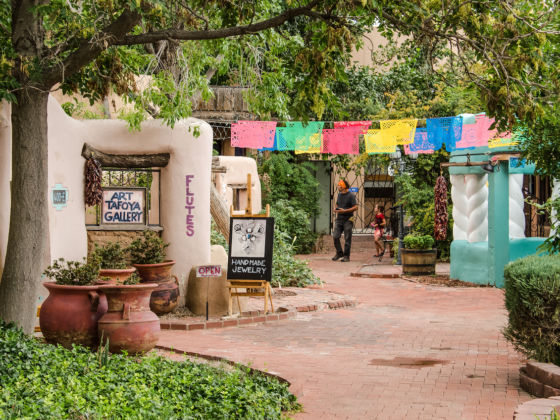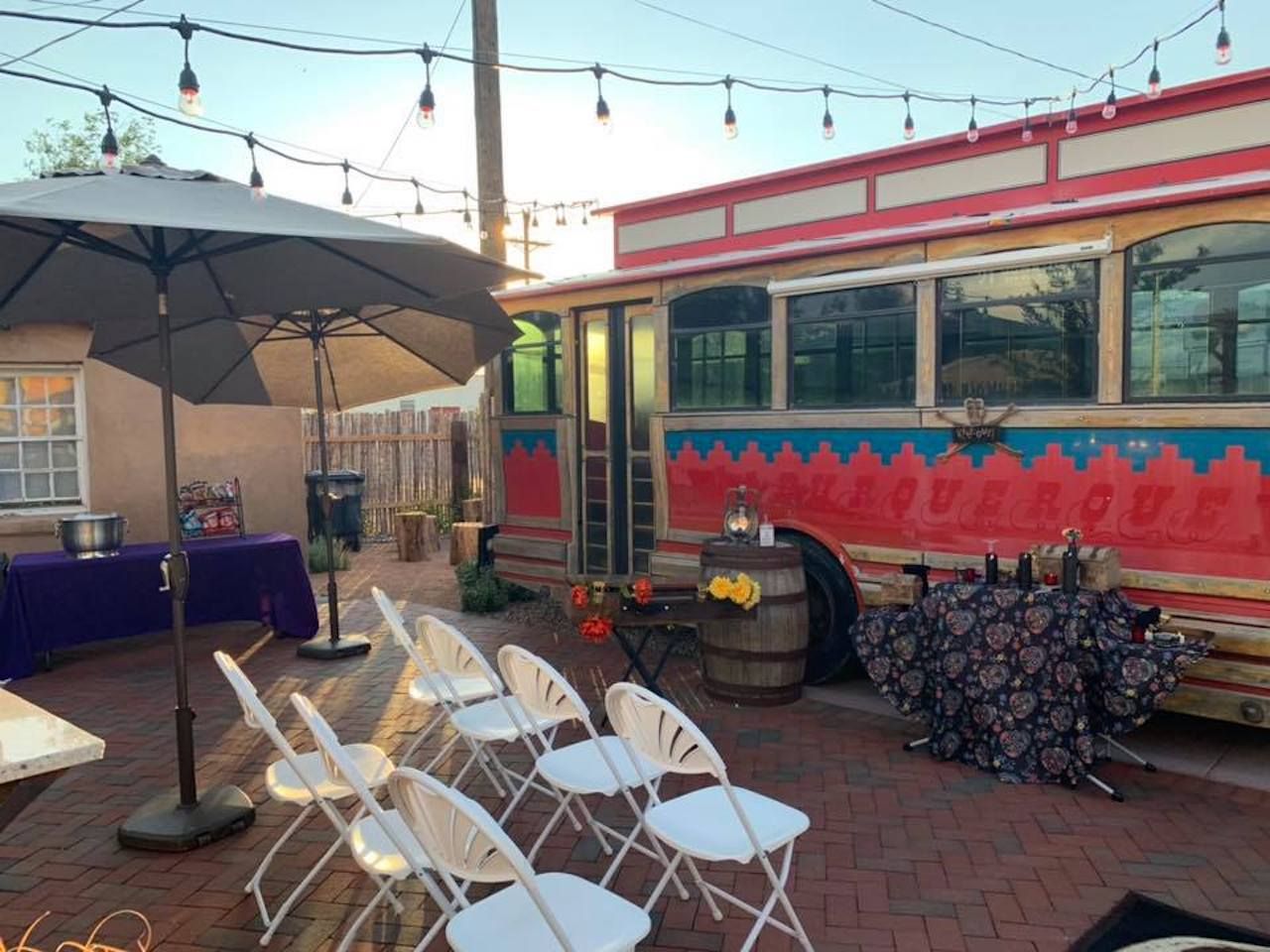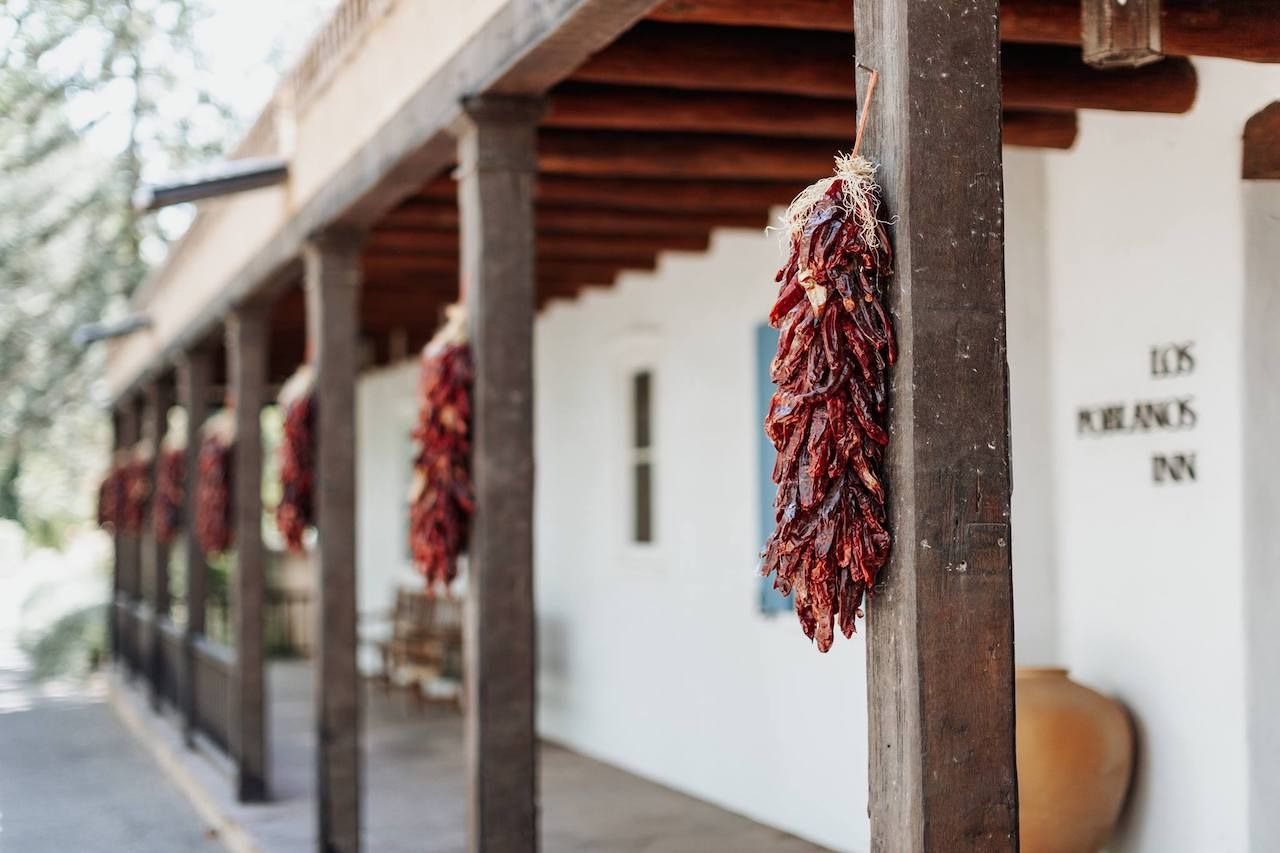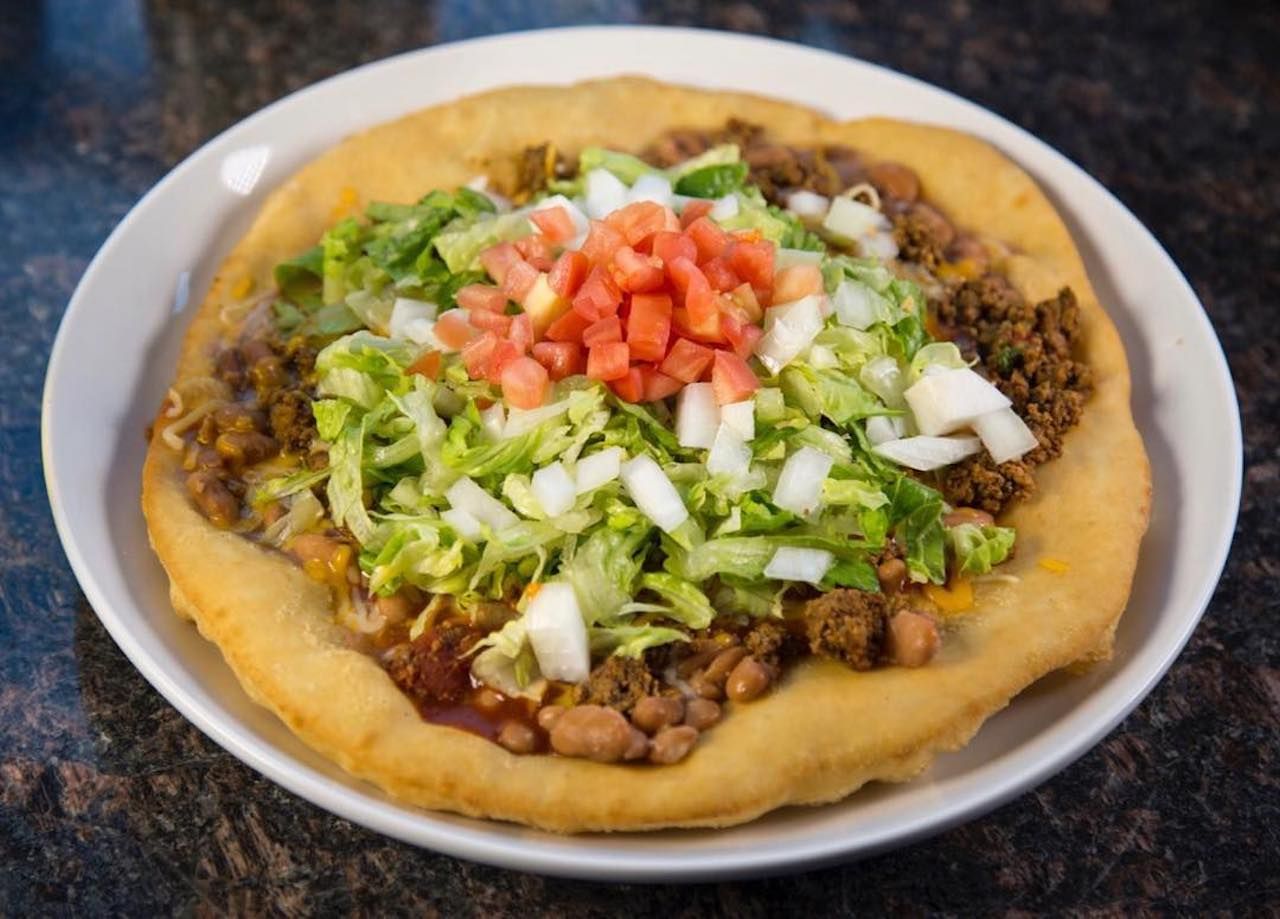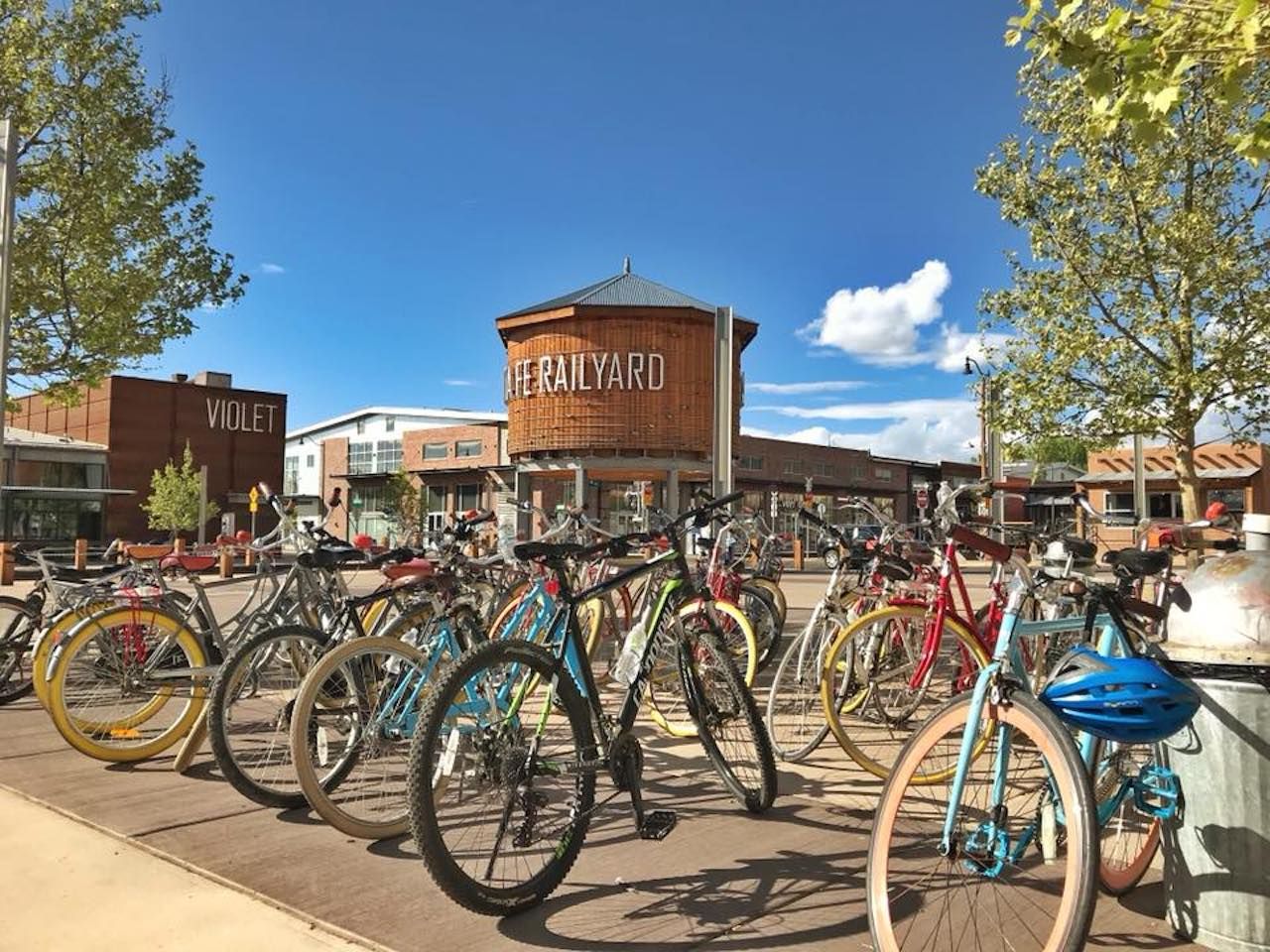“Breaking Bad, they pretty much got this place right,” a local girl tells me as we’re sitting at the Apothecary Lounge atop the Albuquerque’s Hotel Parq Central.
The lounge is a swanky rooftop bar with sweeping views of the Albuquerque skyline and the Sandia Mountains, but the ambiance is a little like a regional airport bar. The menu is full of crafted spirits and muddled cocktails, but the lights are harsh and the stools could have come from a Steak ‘n Shake.
